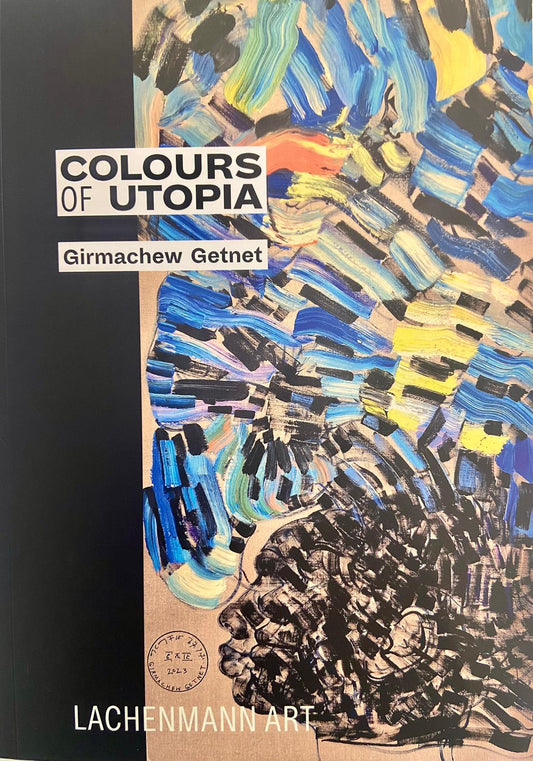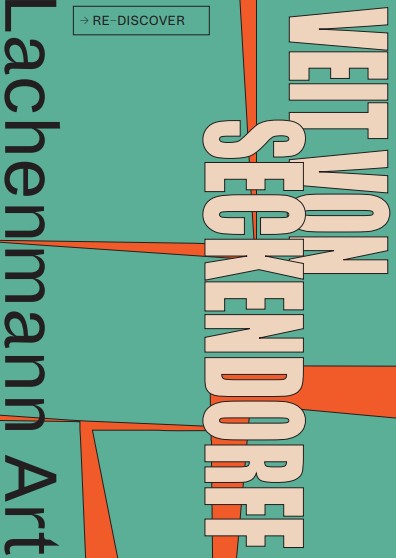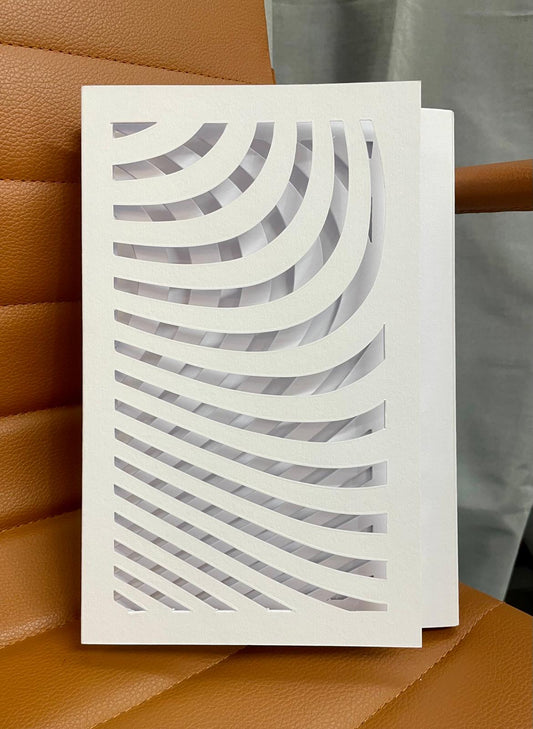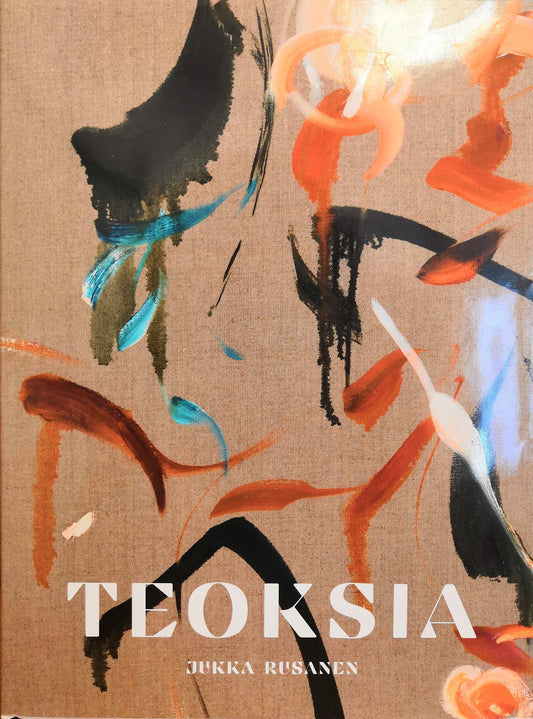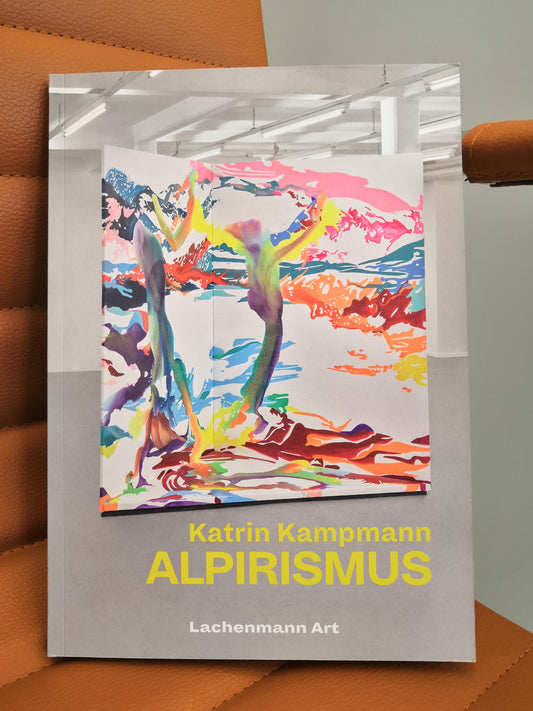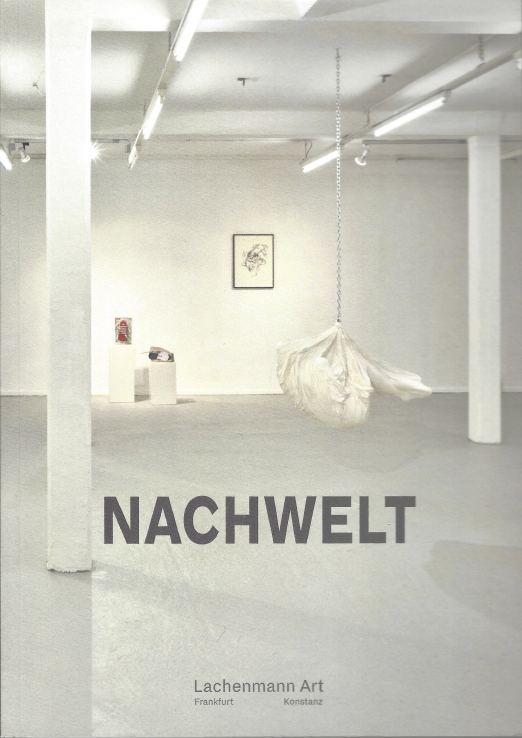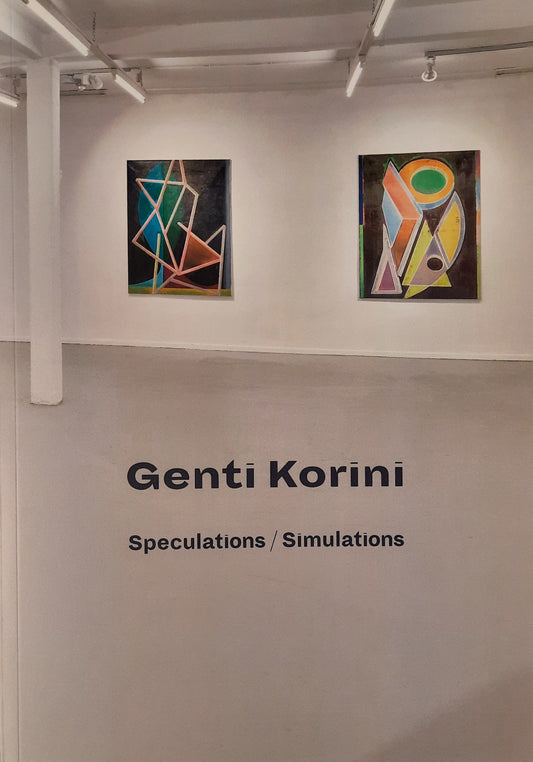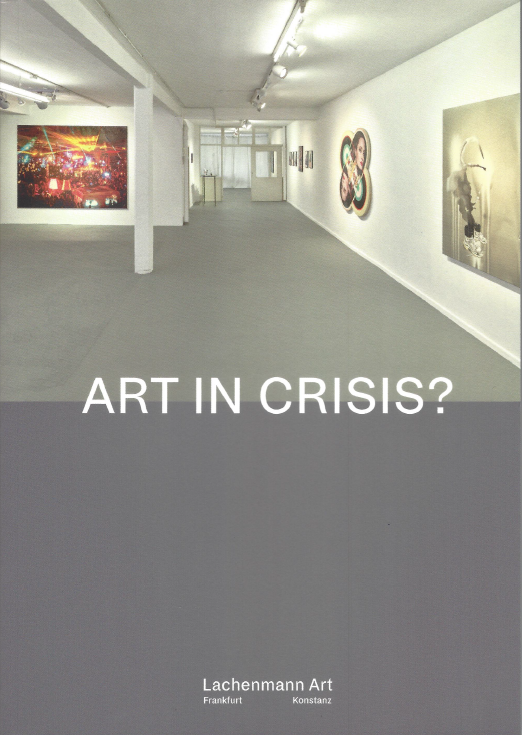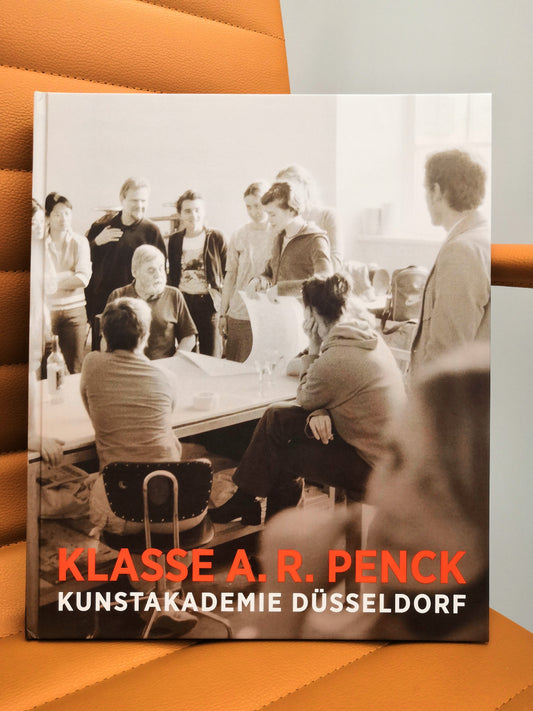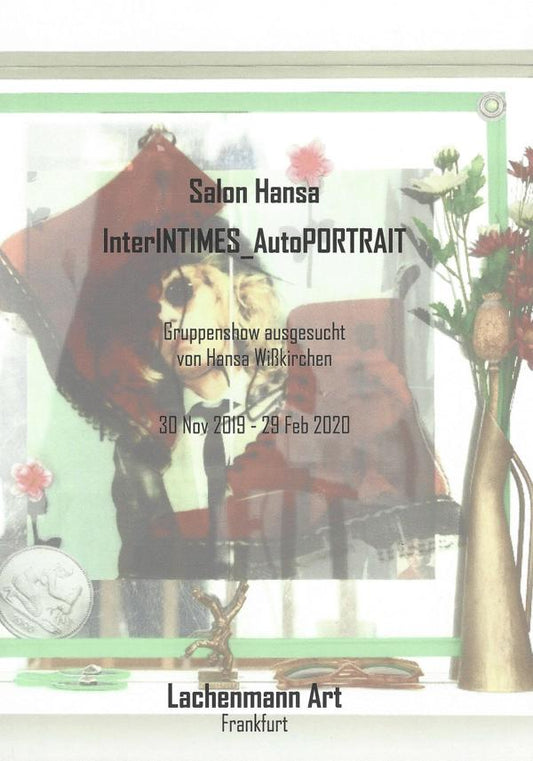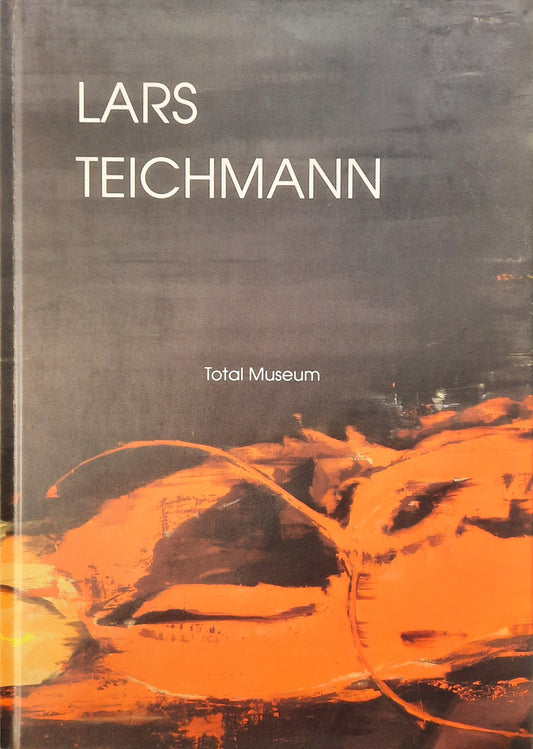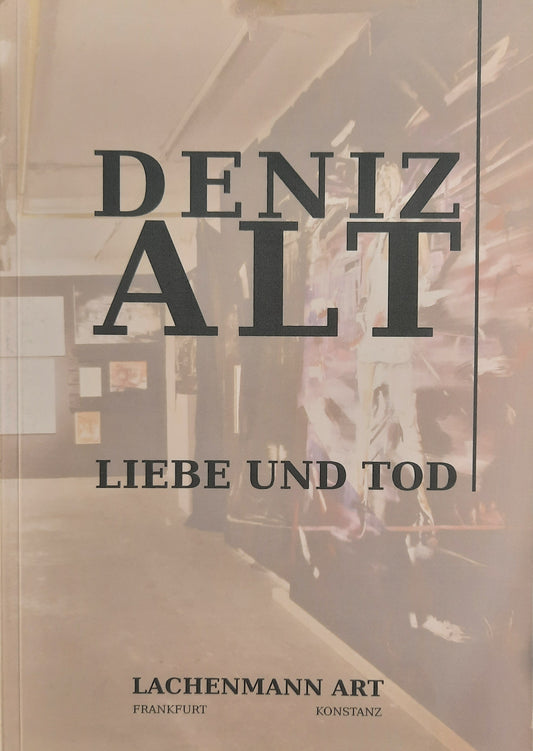Installation views: Credits Eric Tschernow
›Intimate 2‹ 24/05/2022—13/07/2022
›Intimate 2‹ 24/05/2022—13/07/2022
Constance 24/05/2022—13/07/2022
The Finnish artist Jukka Rusanen (*1980) inspires with his refreshing view of the world. Jukka Rusanen is an artist in whose cosmos of images two spheres are cleverly merged: that of subtle color and that of the confident line. The drawing and the painting. Here, the two do not stand side by side or even in competition, as with other artists, but the color and the gesture interact with each other, becoming one. The trace is articulated in the color, merges and yet each remains clearly recognizable on its own. Similar to the instrumentation of an orchestral piece, this painting has something grandiosely symphonic. At the same time, it comes across as full of lightness, completely unemotional, and that is exactly what makes Jukka Rusanen's art so attractive and likeable. Smetana improvisations played on the Rococo spinet. It is a comparison not without reason, but more on that later.
One of the artist's most recent exhibitions was entitled ›Sketch‹ and it captures the sketch-like airiness and the confidently thrown-together nature of this art very well. Sketches are something very spontaneous, which, due to their immediacy, always convey something very close to us, something personal, as the line makes the artist's inner movement visible in a seismographic way. And only great artists can pull off such a feat, because behind the reduced, behind the concise, lies the accumulated experience of a life that is compressed in the moment of the artistic process. Anyone who allows their audience such insights, who opens up as an artist in this way, is ultimately revealing something intimate: ›intimate‹, as the title of this exhibition suggests.
Such painting requires no further staging, it does not need the pose of the painter prince. This painter is interested in painting, not in personality cults. The big stage belongs to the pictures that see themselves as part of a process behind which biographical information is hidden, but which does not push itself forward. It is always about the artistic means themselves, about the symbiosis of gestural notation and coloristic tone. What looks so quick and random is the result of years of artistic practice that is based on setting color chords and throwing lines almost as if in a trance. This produces figurative pictures that can just as easily be read as non-objective because they support themselves through the artistic elements, regardless of the motif, and work as a composition in and of themselves. These are pictures that are suitable as a projection surface for our own emotional state precisely because of this fluid openness.
Anyone who looks at these pictures is close to themselves, is completely at one with themselves. And yet we as viewers enjoy it when we can decipher something behind the shimmering traces of color that leads us back into the world and yet immediately carries us away again, knowing: This is pure painting that refers above all to one thing, namely to its own means, to itself. Art as if made by nature, and yet: art.
Floral motifs and arabesques, floating on a light, often white background, were also a feature of the Rococo. And it is perhaps no coincidence that when asked about this, the artist names this period of transition at the end of the 18th century as his favorite era.
By the way, a visit to Venice also helps to understand the art of Jukka Rusanen. Anyone who has ever been to the Nordic Pavilion at the Venice Biennale will recognize in this grandiose, bright building with a tree rising in the middle that this symbiosis of line, color and form, of art and nature, is a characteristic of an artistic attitude that finds its counterpart in the clear light of the wide sky above the world of a thousand lakes and celebrates its very own style in the imagery of Jukka Rusanen. The style of color, light and movement. — Prof. Dr. Martin Oswald, 2022
In the exhibition ›INTIMATE‹, the Finnish artist Jukka Rusanen talks about the relationships between things. The starting point is the rhythm, themes and materiality of classical painting, which he approaches using traditional painting techniques, collages and fabric weaving. In this way, Rusanen tries to convey the experience that results from the interaction of different materials and customs. In relation to a French Rococo painting, its characteristics of carnality, sensuality, materiality, vanity, beauty and cruelty ultimately come to light.
Jukka Rusanen's works captivate with an almost inexplicable dissonance between calm, monotonous surfaces and wildly expressive traces of color. In the exhibition INTIMATE, the Finnish artist presents us with an intimate insight into his creative process, which oscillates between delicate lightness and raging brutality. Pastel-colored backgrounds, whose non-colors cite the two-dimensional surface of the canvas, are characteristic of his oeuvre. While the brush's trace of color inscribes itself dynamically on this calm, reserved background, the whole magic of the art experience begins in our visual perception. Wild brushstrokes, slightly translucent chalk traces, pasty, almost haptic color halos manifest themselves as something physical that nevertheless remains indefinable, not quite tangible. A detailed look reveals a depth that remains hidden and secret in fleeting passing. An unexpected physical presence becomes undeniable in the sketchy canvas work >Academic<, in which the indexical reference to the artist's body takes on a figurative reality. The harmony and powdery innocence of the colors evoke the association of carnality, sensuality and materiality. Movement as the power of the painting process proves to be the maxim of the works and finds its way into the picture on several levels. On the one hand, the figurative association proves to be in motion and takes up the picture space for itself without reference to a physical location. In addition, the actual physical movement of the artist at the moment of creation is also inscribed. Every stroke, every trace of color is to be understood as evidence of the movement of the arm and the whole body. The third level, which manifests itself in the reception of the works, is that of the viewer. In the gallery space, we go back and forth, moving from close to long-distance view and thus experience the full impact of the artistic signature.
The multifaceted working method of the artist, who often works on several canvases at the same time, is also reflected in the materials used. Not only classic canvas painting can be experienced in the exhibition rooms, but also hand-woven carpets and fabric objects that enter into a direct dialogue with color and two-dimensional surfaces. The turn to craftsmanship is of particular importance to Jukka Rusanen. The artist, who was born in Finland, learns the technique of hand weaving in the weaving center in Ilo in Lahti and combines this activity in a spiritual form with the local, the old and the traditional. Here, too, direct connections to Jukka Rusanen's painterly form of expression can be observed. His picture ideas and canvas works are usually based on classic paintings, the close examination of which the artist describes as necessary for the process of discovery. Hidden quotes and references to important works of art history can be observed as far back as the 17th century, while the 18th century and representative works of the Rococo serve as sources of inspiration in the selection of works presented here. The reference to tradition and traditions that span generations is translated and deconstructed. New and updated contexts, as well as differences, emerge. In this sense, the three-part work >Narrativii< clearly refers to the medieval triptychs, which were mostly created in a religious, Christian-biblical and contemplative background. Jukka Rusanen translates this traditional image form in the sense of a contemporary approach and representation, while the contemplative, immersed moment of viewing the work is retained. The eye wanders over the different materials of the three equally sized canvases, which are completely different in their similarity. Linen, as the basis of each canvas and thus of the two-dimensional image, emancipates itself from the frame as an independent element and is laid almost roughly over the stretcher by the artist in braid-like moments. The materiality of the thread or fabric is also predominant in the middle picture, even if at first glance it appears to be just flat, untreated canvas. The realization of the rough seam that brings the two-part picture surface back together seems almost archaic and conveys a quiet brutality. The third canvas then grants the viewer the longed-for peace and return to the intact, well-known flat canvas. The color returns, brush strokes allow us to perceive the artist and yet the background of the picture remains visible for what it is: a woven surface, only marginally covered with color, as a direct reference to its actual nature.
We can see the artist's closeness to nature in his depiction of a dark green canvas, which reminds us of Dutch flower still lifes from the 17th and 18th centuries. The artist's expressive traces of color always evoke the association of something growing, something materializing on the canvas, comparable to trees, branches and petals. Looking back at the history of art, portrait painting has a similar significance to that of still lifes. Jukka Rusanen's shadowy and ghostly women's faces are entitled >Kultakausi<, which translates as "The Golden Age of Finnish Art". These portraits of unrecognizable women defy the basic directive of portrait painting to depict characteristic facial features as recognition features, and only function through empty spaces. The faces are shown here only subtly hinted at, seeming to be just a breath of air, only to dissolve again in the next moment.
The monumental work >Alku<, a meter-high hand-woven carpet by the artist, which is completely stripped of its functionality in the exhibition space and shown in an installation-like, object-like manner, further underlines Jukka Rusanen's artistic intentions. His orientation towards tradition and history, also in reference to his homeland Finland, is reflected in this exhibition and gives us an unusually intimate insight into the world of thought of this contemporary artist through subtle references to a time long past.
Jukka Rusanen was born in Jyväskylä in 1980 and studied fine arts at the Turku School of Fine Arts and the Finnish Academy of Fine Arts in Helsinki. He now lives and works in Lahti. The artist's works are part of all of Finland's top collections.
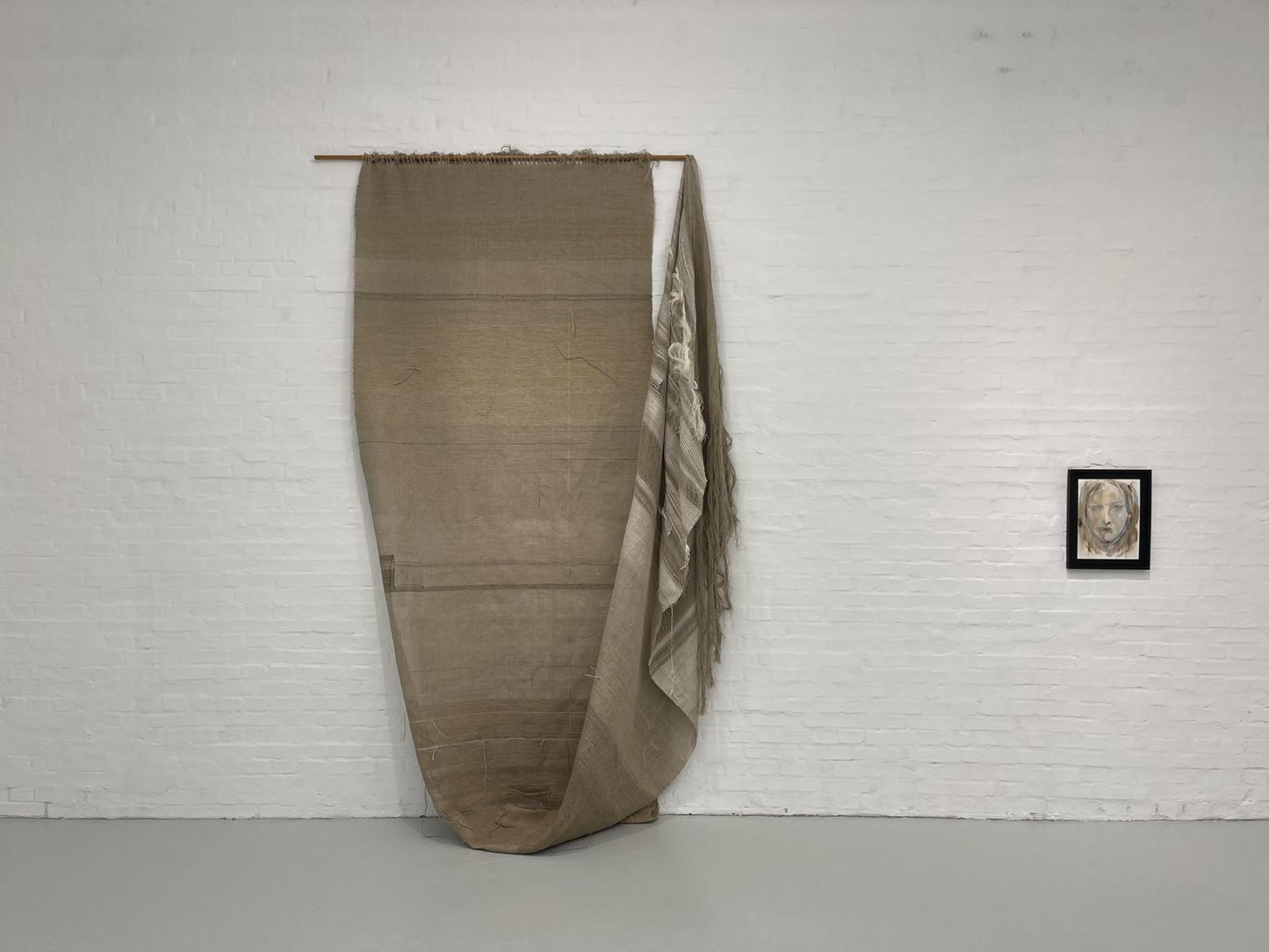
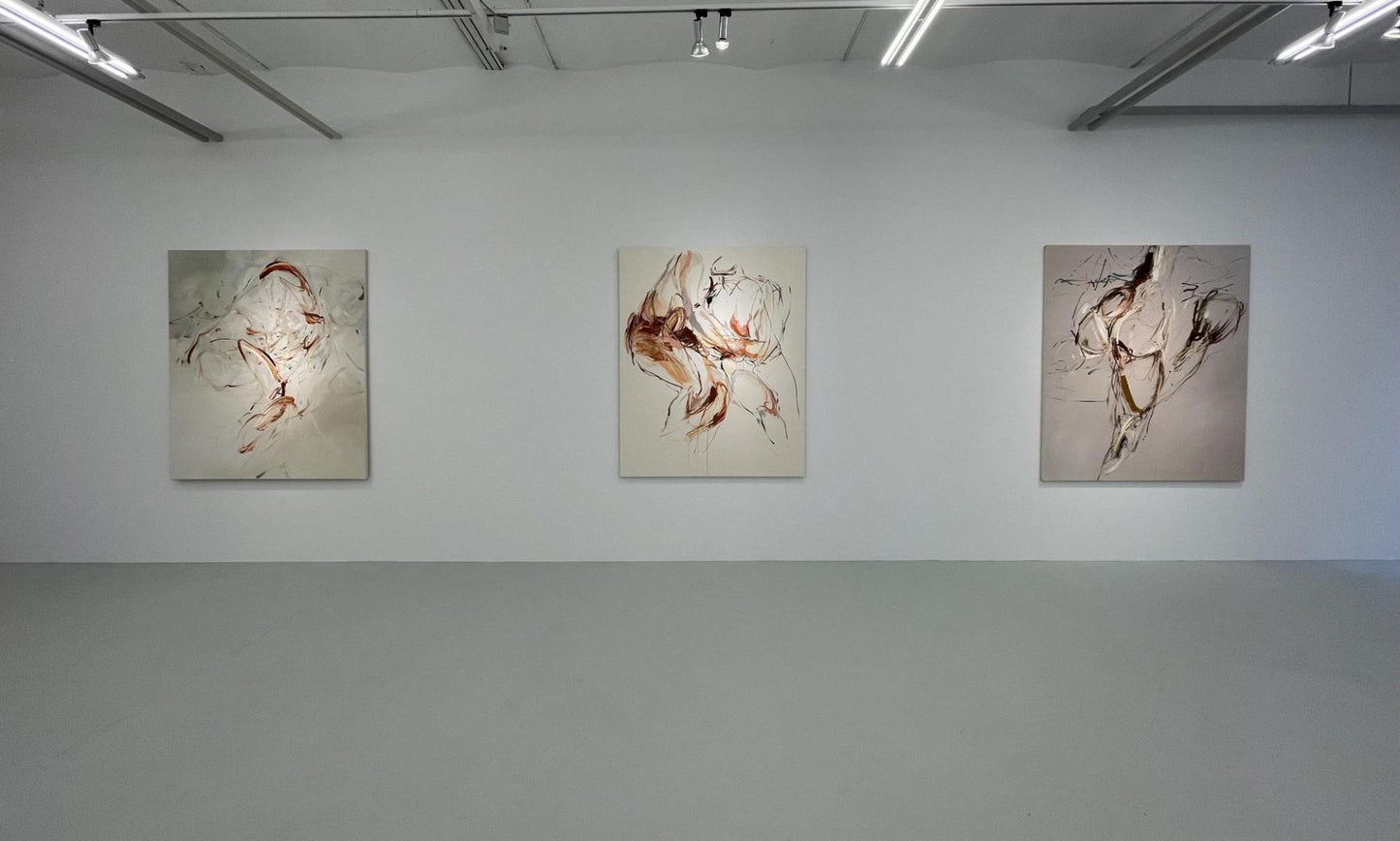
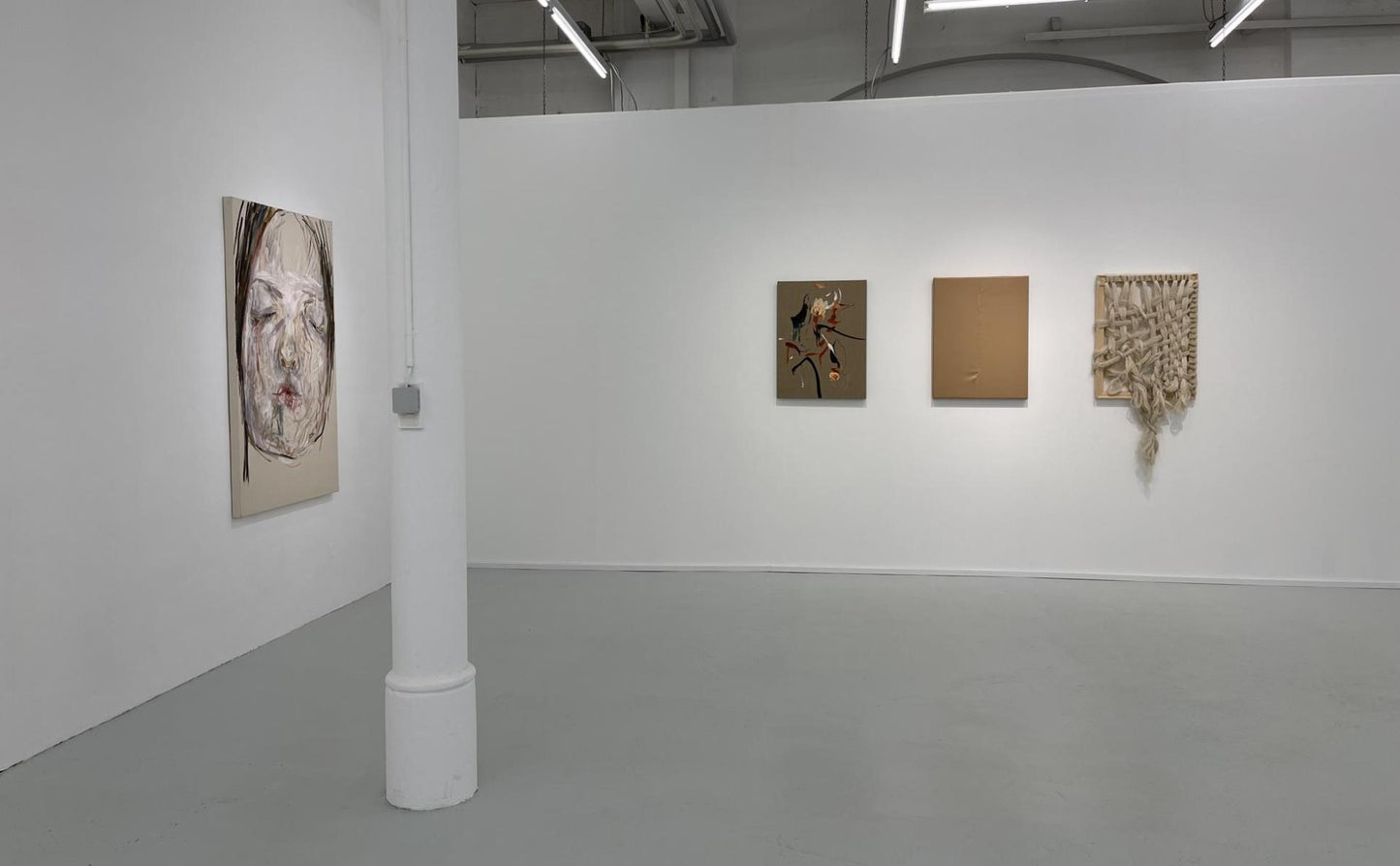
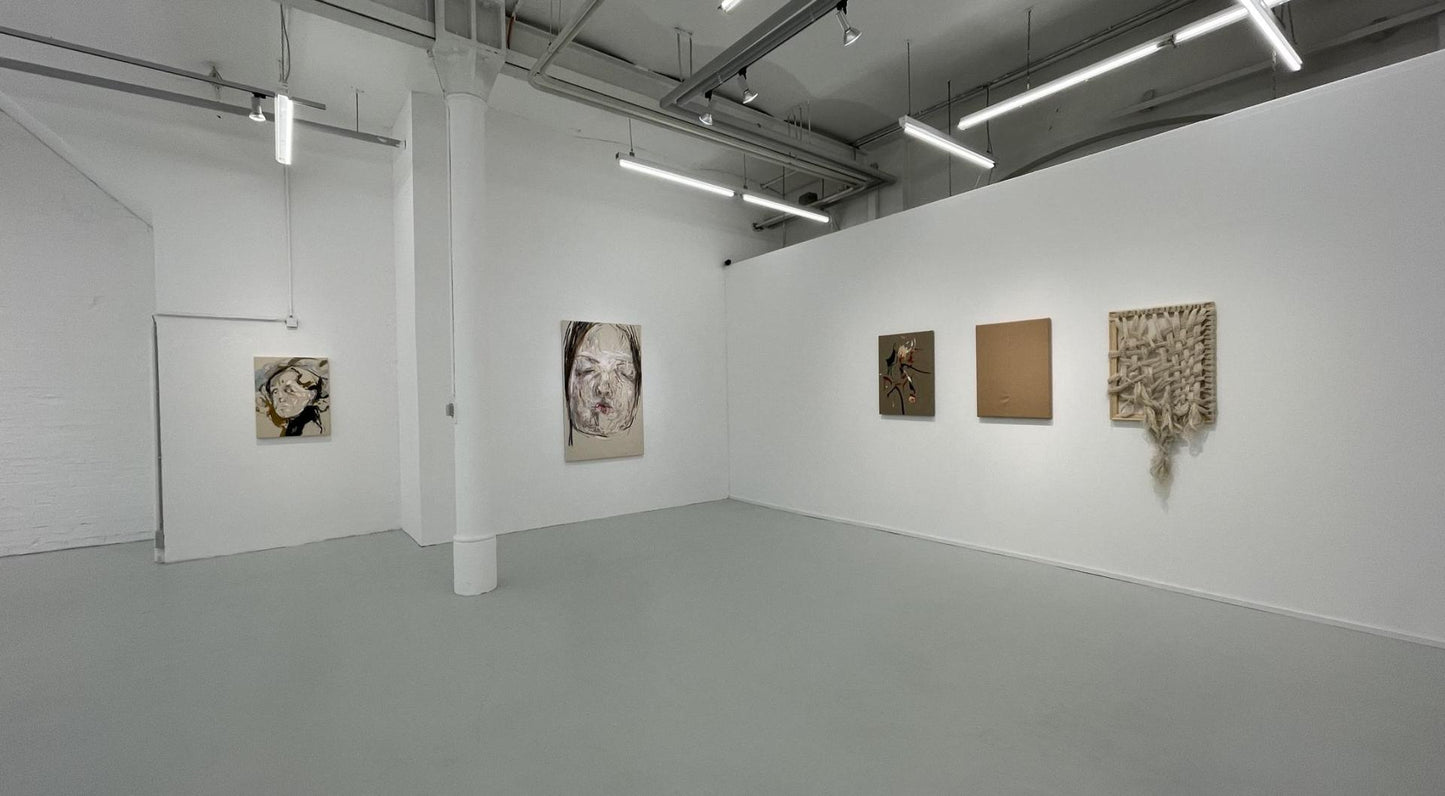
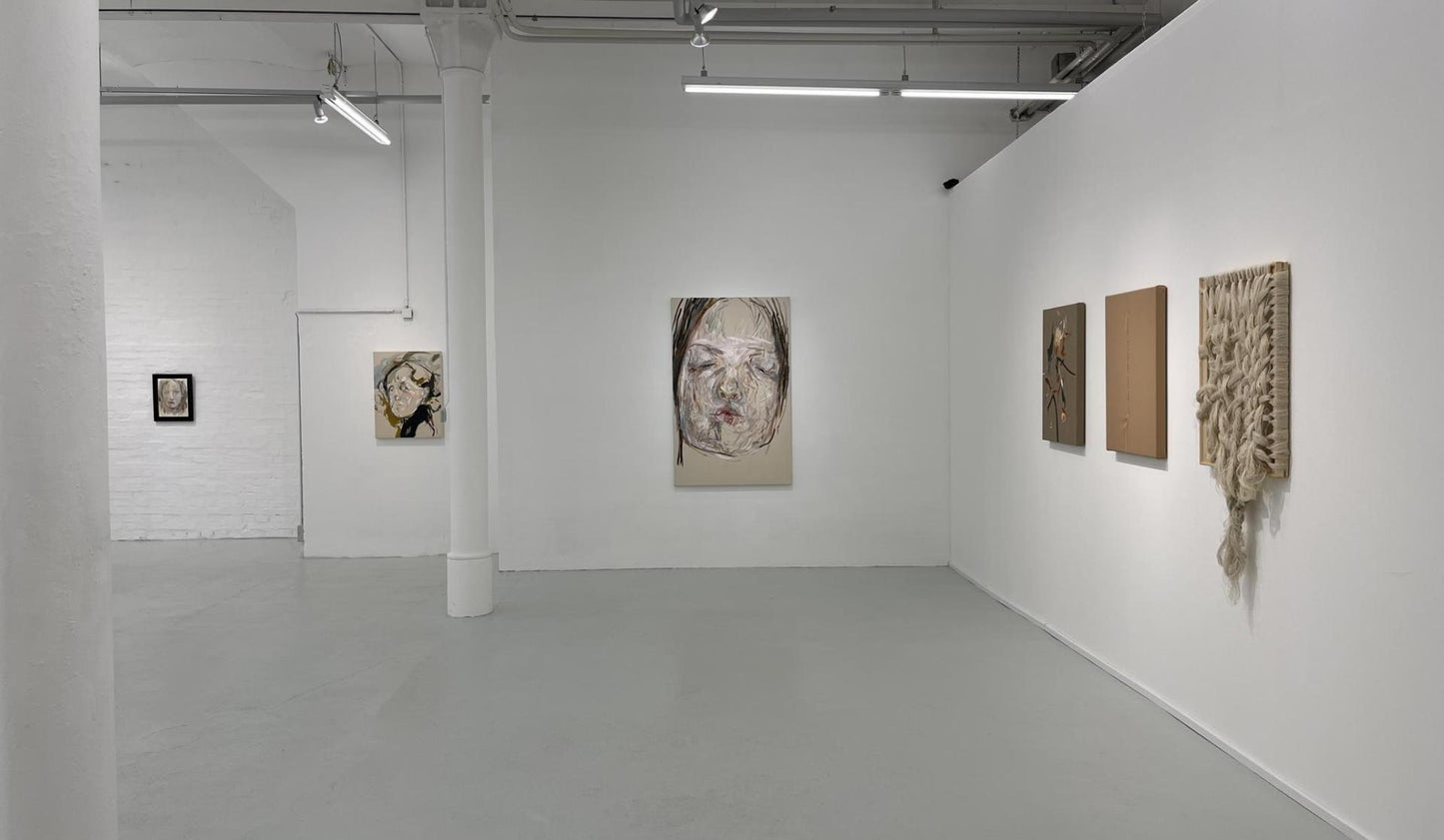
Exhibitions Catalogues
-
Catalogue ›Colours of Utopia‹ Girmachew Getnet | Lachenmann Art
Regular price €15,00Regular priceUnit price perCatalogue ›RE-DISCOVER‹ Veit von Seckendorff | Lachenmann Art
Regular price €15,00Regular priceUnit price perCatalogue ›Interferences‹ | Sandra Schlipkoeter
Regular price €40,00Regular priceUnit price perCatalogue ›Teoksia‹ Jukka Rusanen | Lachenmann Art
Regular price €25,00Regular priceUnit price perCatalogue ›Alpirismus‹ Katrin Kampmann | Lachenmann Art
Regular price €15,00Regular priceUnit price perCatalogue ›NACHWELT‹ Franziska Klotz, Agnes Lammert, Jirka Pfahl, Ronny Szillo | Lachenmann Art
Regular price €15,00Regular priceUnit price perCatalogue ›Speculations / Simulations‹ Genti Korini | Lachenmann Art
Regular price €15,00Regular priceUnit price perCatalogue ›Art in Crisis‹ group exhibition | Lachenmann Art
Regular price €15,00Regular priceUnit price perCatalogue ›Class AR Penck‹ | Kettler Verlag
Regular price €38,00Regular priceUnit price perCatalog ›Salon Hansa: InterINTIMES_AutoPORTRAIT‹ | Lachenmann Art
Regular price €15,00Regular priceUnit price perCatalogue ›Total Museum‹ Lars Teichmann | Lachenmann Art
Regular price €24,00Regular priceUnit price perCatalogue ›Love and Death‹ Deniz Alt | Lachenmann Art
Regular price €15,00Regular priceUnit price perDo you have any questions? Write to us!
- Choosing a selection results in a full page refresh.
- Opens in a new window.





